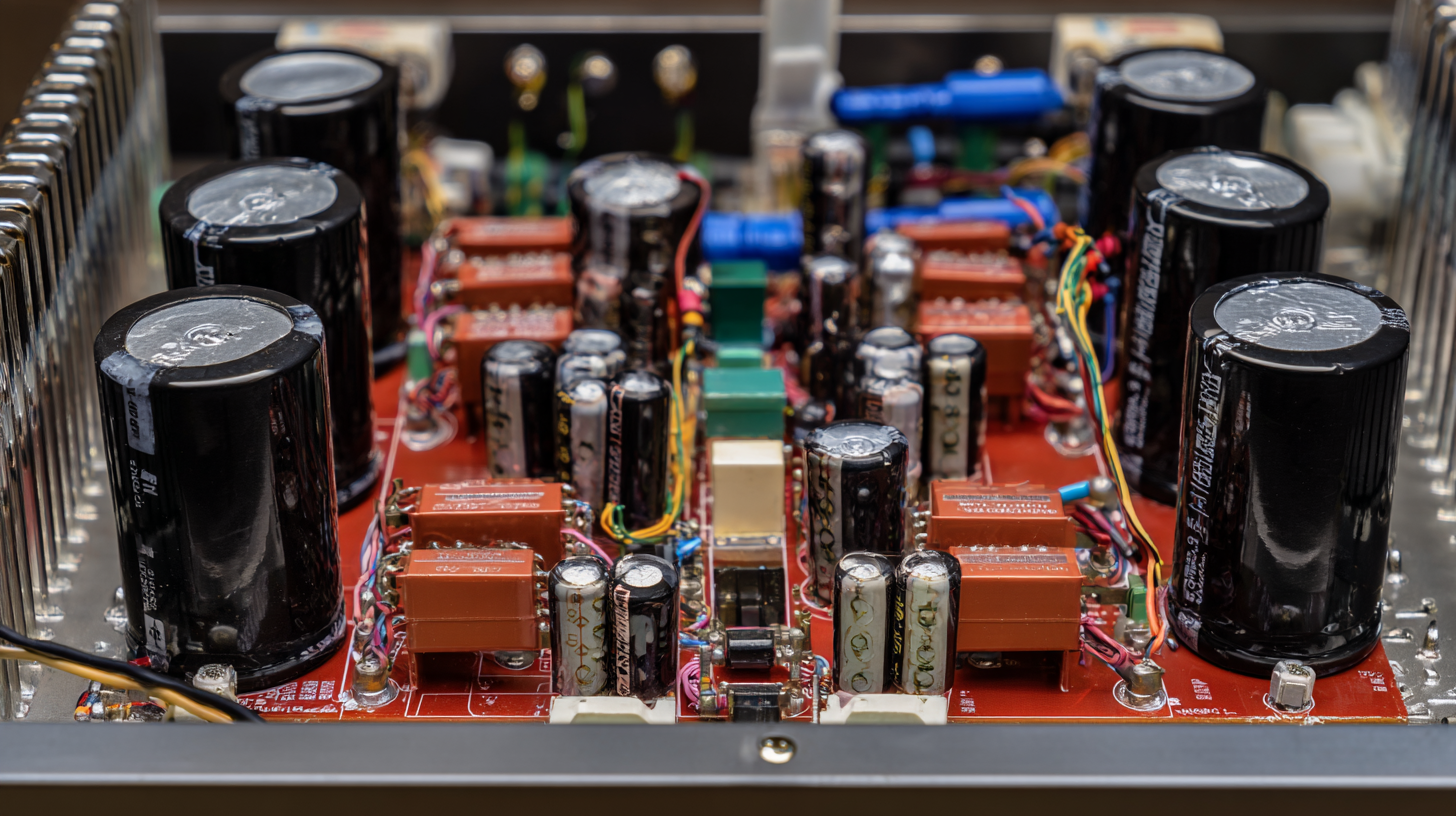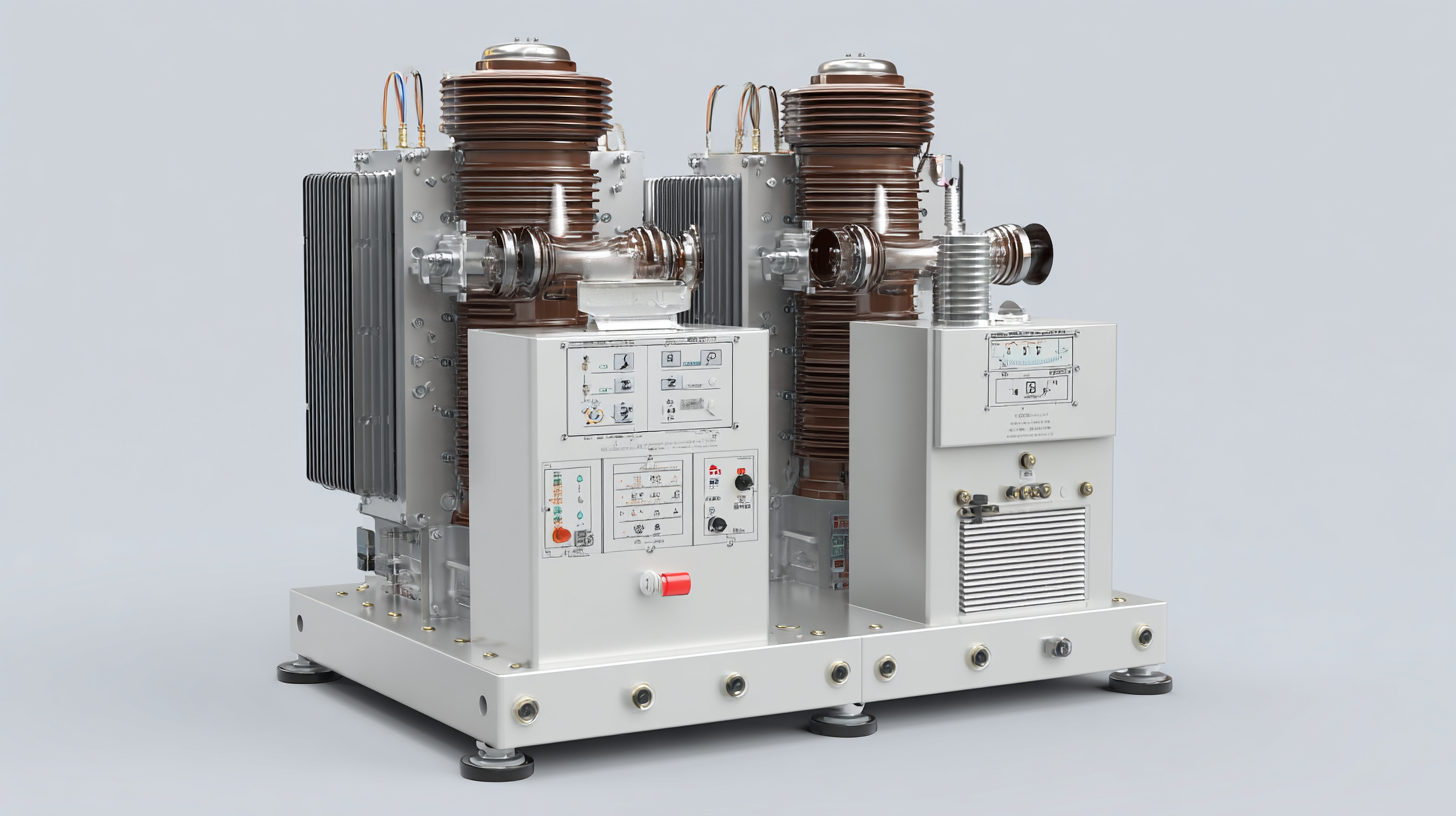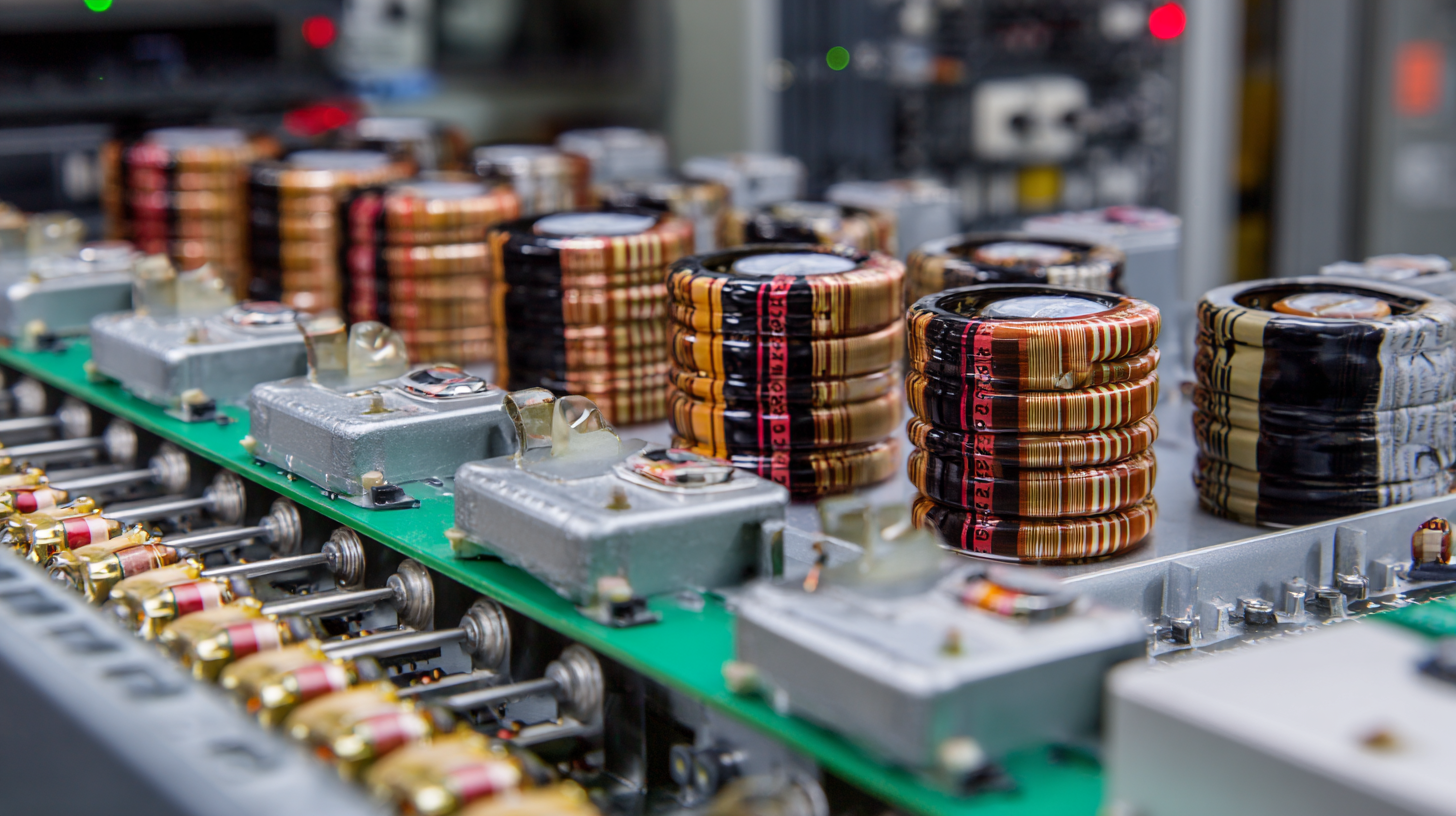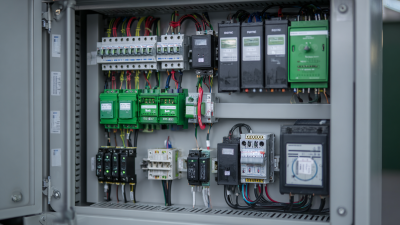How to Optimize Your High Voltage DC Power Supply for Maximum Efficiency
In today's fast-paced technological landscape, optimizing the performance of a high voltage DC power supply is crucial for enhancing energy efficiency and ensuring the reliability of electrical systems. With increasing demands for energy-efficient solutions across various industries, understanding the intricacies of high voltage DC power supply systems has never been more critical.
This blog will delve into effective strategies and practical tips, guiding you to fine-tune your DC power supply setup to achieve maximum efficiency. From selecting the right components to implementing advanced control techniques, we will explore a range of actionable insights designed to help both professionals and enthusiasts alike harness the full potential of high voltage DC power supplies.

Join us as we navigate through the essential factors that contribute to optimizing these powerful systems, paving the way for sustainable and cost-effective energy management.
Understanding High Voltage DC Power Supplies and Their Efficiency Metrics
High voltage DC (HVDC) power supplies are essential in modern electrical systems, delivering efficient power conversion and minimal losses. Understanding their efficiency metrics is crucial for optimizing performance. According to a report by the IEEE, HVDC systems can achieve efficiency levels exceeding 99%, significantly reducing energy waste compared to traditional AC systems. The key metrics to focus on include conversion efficiency, load regulation, and ripple voltage, each playing a vital role in the overall effectiveness of the power supply.
To maximize the efficiency of your HVDC power supply, consider the following tips: First, ensure that your components are rated for the specific voltage levels and currents you intend to use, as mismatched components can drastically affect performance. Secondly, employ advanced cooling solutions; a study by the International Energy Agency highlights that proper thermal management can enhance the longevity and reliability of HVDC systems. Lastly, regularly monitor and maintain your system to identify any inefficiencies early, which can prevent potential outages and extend the lifespan of your power supply.
In recent years, researchers have explored the integration of digital control systems to improve efficiency further. These systems can dynamically adjust operational parameters based on real-time load conditions, ensuring optimal performance. Embracing such technology is vital, as it not only enhances efficiency but also contributes to the sustainability of power systems in the long term.

Key Factors Affecting the Efficiency of High Voltage DC Power Supplies
When it comes to optimizing the efficiency of high voltage DC power supplies, several key factors come into play. First and foremost is the choice of components. Utilizing high-quality capacitors, switches, and transformers can drastically reduce energy losses. Ensure that the components are rated for the specific voltage levels and can handle the necessary load without overheating. This not only improves efficiency but also enhances the longevity of the power supply.
Another critical factor to consider is the thermal management of the system. Heat is a significant enemy of efficiency in high voltage applications. Proper heat sinks and cooling mechanisms should be implemented to maintain optimal operating temperatures. Additionally, using thermal interface materials can help dissipate heat more effectively. A well-ventilated design allows for better airflow, further aiding in temperature control.
Finally, it's important to regularly review and optimize your circuit design. Implementing advanced control strategies, such as voltage feedback and current limiting, can enhance performance. Pay attention to the PCB layout as well; minimizing wire lengths and optimizing trace widths can significantly reduce impedance, leading to lower losses. By addressing these factors, you can significantly boost the efficiency of your high voltage DC power supply.

Innovative Techniques for Enhancing Efficiency in DC Power Supply Designs
When it comes to optimizing high voltage DC power supplies, enhancing efficiency should be the primary focus of design engineers. One innovative technique to achieve this is through the implementation of synchronous rectification. By replacing traditional diodes with synchronous rectifiers that utilize MOSFETs, engineers can significantly reduce conduction losses during the rectification process. This method not only increases power efficiency but also minimizes thermal stress, ultimately extending the lifespan of the power supply components.
Another powerful approach is to adopt advanced control algorithms that actively manage voltage and current levels. Utilizing digital signal processors (DSPs) or field-programmable gate arrays (FPGAs) allows for real-time adjustments to be made based on load conditions. This dynamic response ensures that the power supply operates at optimal efficiency regardless of changing demands. Additionally, incorporating resonant switching techniques can further increase conversion efficiency by minimizing the energy lost in transitions.
By combining these innovative techniques, power supply designers can create systems that deliver maximum efficiency, resulting in reduced operational costs and improved overall performance. As the demand for high voltage DC applications grows, leveraging such strategies will be crucial for staying competitive in the industry.
Common Pitfalls in High Voltage DC Power Supply Optimization
When optimizing your high voltage DC power supply, it's crucial to be aware of common pitfalls that can hinder efficiency. One frequent mistake is neglecting the importance of load matching. Ensuring that your power supply is appropriately matched to the load can minimize losses and enhance overall system performance. Always check if the voltage and current ratings of your load align with the output specifications of your power supply.
Another common issue is overlooking thermal management. High sensitivity to temperatures can affect the reliability of your system. Proper cooling solutions, such as heat sinks or active cooling fans, can prevent your components from overheating and maintain optimal performance. Make sure to regularly monitor the temperature within your setup to catch any issues before they become serious problems.
Additionally, it’s easy to underestimate the role of wiring and connections in efficiency loss. Using inadequate wire gauges or poor quality connectors can introduce resistance and lead to power losses. Invest in high-quality materials tailored for high voltage applications, and regularly inspect your connections for signs of wear or corrosion to ensure a stable and efficient power supply system.
Future Trends in High Voltage DC Power Supply Efficiency Improvements
As the demand for efficient energy solutions continues to rise, future trends in high voltage DC (HVDC) power supply are poised to focus heavily on enhancing efficiency improvements. One notable advancement is the integration of advanced power electronics, such as silicon carbide (SiC) and gallium nitride (GaN) technologies. These materials allow for higher switching frequencies, reduced losses, and improved thermal performance. Their adoption not only boosts the overall efficiency of HVDC systems but also facilitates miniaturization, leading to lighter and more compact designs.
Another trend gaining momentum is the implementation of digital control systems. These smart control algorithms optimize operating conditions in real-time, enabling the HVDC systems to adapt dynamically to variable loads and renewable energy sources. By continuously analyzing data and making adjustments, digital controls enhance the system's reliability while minimizing energy waste. Furthermore, energy storage solutions integrated into HVDC systems can provide additional flexibility and efficiency, addressing the fluctuations typically seen with renewable energy generation and improving overall grid stability.
High Voltage DC Power Supply Efficiency Improvements
This bar chart illustrates the potential efficiency improvements of high voltage DC power supplies over recent years, showcasing the percentage of efficiency achieved in different generations of technology.
Related Posts
-

Understanding the Differences in Power Supply Unit Technologies
-

10 Digital Best Practices for Enhancing Your Buck Converter Efficiency
-

Digital Solutions Tips for Optimizing Your DC DC Converter Performance
-

Discover the Advantages of Implementing UPS Power Solutions for Your Business
-

7 Reasons Why AC to DC Inverters Are Essential for Your Business Efficiency
-

10 Digital Tips for Optimizing Efficiency in DC DC Power Supply Systems
At Premium PSU, we are specialists in designing and manufacturing power conversion systems for the industrial market. Our product range includes high reliability power supplies from 50W to 72kW.
PREMIUM PSU
C/ Dolors Aleu, 19-21, 2nd Floor
08908 – Hospitalet de Llobregat
Barcelona-SPAIN
t.+34 93 223 26 85


